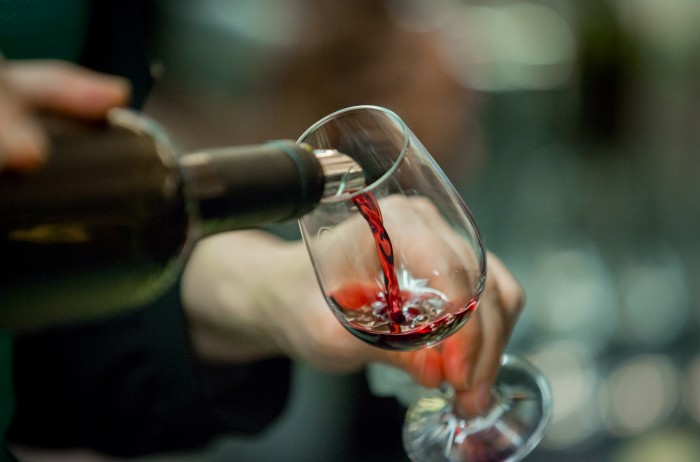
Charakterisierung und Prognose des oxidativen Verhaltens von Wein mit Hilfe von Chemilumineszenz, Fluoreszenz und der kolorimetrischen Reduktionskraft-Methode
In recent years, many efforts have been made in the general field of antioxidants. As a result, several analytical methods were developed to quantify antioxidant potentials of solids and/or liquids other than wine. Ziel des vorliegenden Projekts war es, etablierte Methoden auszuwählen und sie an die Weinmatrix anzupassen. Standardprotokolle wurden für die Analyse von Weinoxidationsreaktionen mit der ORAC-, Amplex-Red- und Reducing-Power-Methode entwickelt.
Um die Gültigkeit der vorgeschlagenen Methoden zu bewerten, wurden sie mit dem Industriestandard verglichen, bei dem die Weine derzeit von erfahrenen Enologen getestet und beurteilt werden. Die Ergebnisse der Verkostungssitzung zeigten sechs verschiedene Sauerstoffresistenzniveaus unter zehn ausgewählten Weinen. In a first analysis, no linear correlations were obtained between the tasting session results and any individual compound in the wines, which underlines the importance of a more holistic, pluri-parametric approach to evaluate a wine's antioxidant potential. Eine einfache Suche nach einzelnen "Marker"-Verbindungen kann nicht ausreichend sein.
Correlations of the data of two methods, the ORAC and the reducing power, with the tasting session results did not show significant relationships, but positive tendencies can clearly be derived. In addition, large correlation coefficients between the two methods and the Total Polyphenol Index, which is an important indicator of the antioxidant potential, show a very promising track. Further exploration and additional experiments will be necessary.
2013 - 2014
Partner: HES-SO Wallis (ITV) und HTA-FR (ChemTech)
Finanzierung: HES-SO
